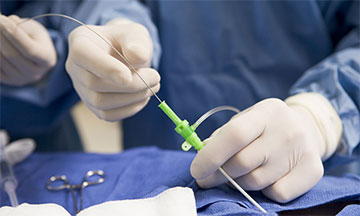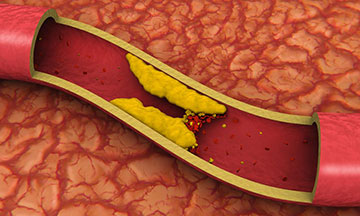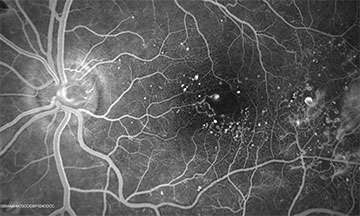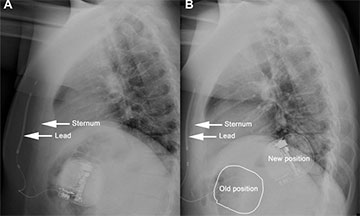The risk factor is very low in it but in many cases, it creates some serious problems depending on the body structure, age, kidney disease, and diabetes. Serious complications are an allergic reaction of the dye, bleeding, infection, a blood clot that can be the reason for heart stroke or heart attack, kidney damage, damage of blood vessels and development of fluid around the heart.
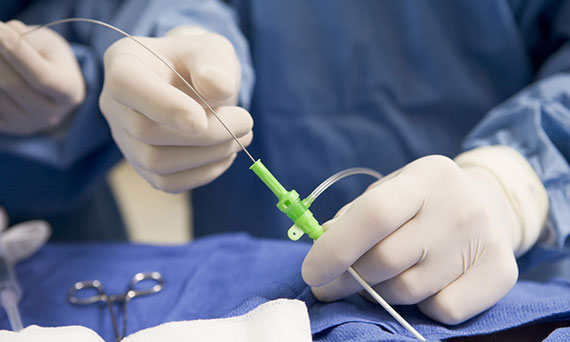
Coronary Angiography in Jaipur
It is very important to know about the blockages because if we start ignoring the blockage, it can be the reason for chest pain because of stress, more physical activity and due to a heart attack.
To detect blockages, Coronary angiography can be the best option to start any treatment for the cardiologist . The heart stops getting oxygen and necessary nutrients due to blockages. There are different signs that should never be ignored related to the heart. The most common sign of heart disease is chest discomfort. Sometimes a person feels heartburn, indigestion, nausea, pain that spreads to the arm, sweating, irregular heart beat and swelling in legs, feet and ankles. If the person is older than 60 and having diabetes, high cholesterol, high blood pressure and overweight then the risk factor of having heart disease is high. Dr. Jitendra Singh Makkar can be contacted for regular checkups and he is the best Cardiologist in Jaipur.
